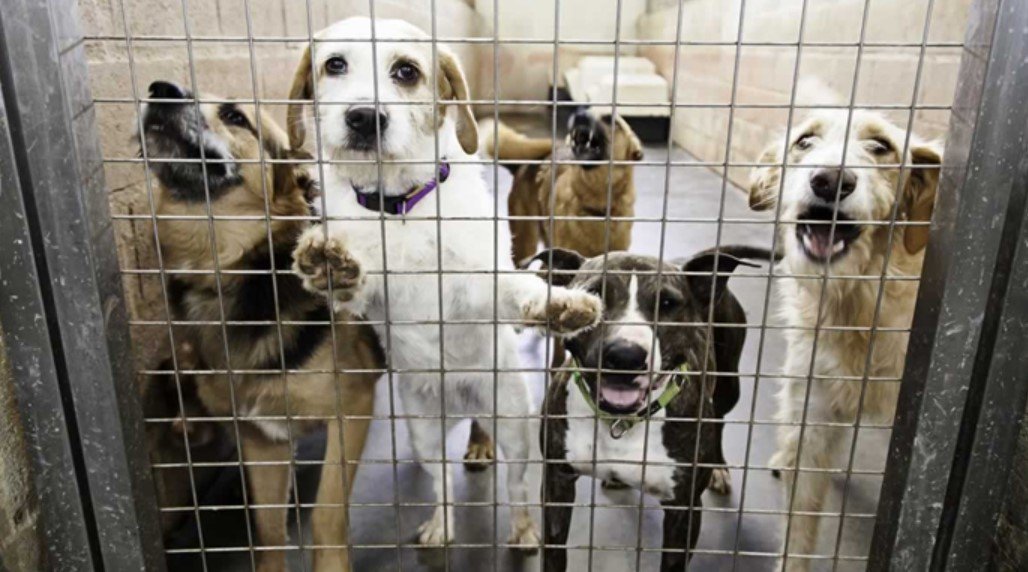In the bustling city of Los Angeles, a silent crisis is unfolding within the walls of animal shelters. Overcrowding has become a dire issue, leading to the heart-wrenching decision to euthanize healthy pets. This article delves into the complexities of the situation, exploring the factors that have led to this tragic state of affairs and the efforts being made to find a solution.
The Overcrowding Catastrophe
Los Angeles County’s animal shelters have reached a breaking point. An influx of surrendered pets, coupled with insufficient space and resources, has forced shelter managers to make unthinkable choices. The economic fallout from the pandemic has exacerbated the problem, with many pet owners unable to afford the rising costs of pet care.

The shelters, designed to be safe havens for animals in need, are now faced with the grim reality of having to euthanize the very creatures they aim to protect. The decision to euthanize is not taken lightly; it is a last resort, a painful acknowledgment of the overcrowded conditions and the lack of alternatives.
A System Strained
The issue is multifaceted, involving economic, social, and logistical challenges. The economic downturn has led to a decrease in funding, hindering the shelters’ ability to expand and accommodate the growing number of animals. Moreover, a shortage of veterinarians has made it difficult for pet owners to access affordable spaying and neutering services, contributing to the problem of overpopulation.
Shelters like those in Lancaster and Palmdale are among the hardest hit. They are understaffed and underfunded, struggling to keep up with the demand for space and care for the animals they receive. The staff, who dedicate their lives to animal welfare, are left with the burden of deciding which animals can be saved and which cannot.
The Search for Solutions
Efforts are being made to address the overcrowding crisis. LA County Animal Care has implemented measures such as sending out 24-hour notices for dogs at risk of euthanasia, hoping to find them homes before it’s too late. Community involvement and awareness are crucial in this fight. Adoption and fostering can provide immediate relief for the shelters, and donations can help fund the expansion and improvement of facilities.
Education on responsible pet ownership, including the importance of spaying and neutering, can help prevent future overcrowding. Partnerships with local veterinarians to provide affordable services could also play a significant role in reducing the number of animals entering shelters.



































